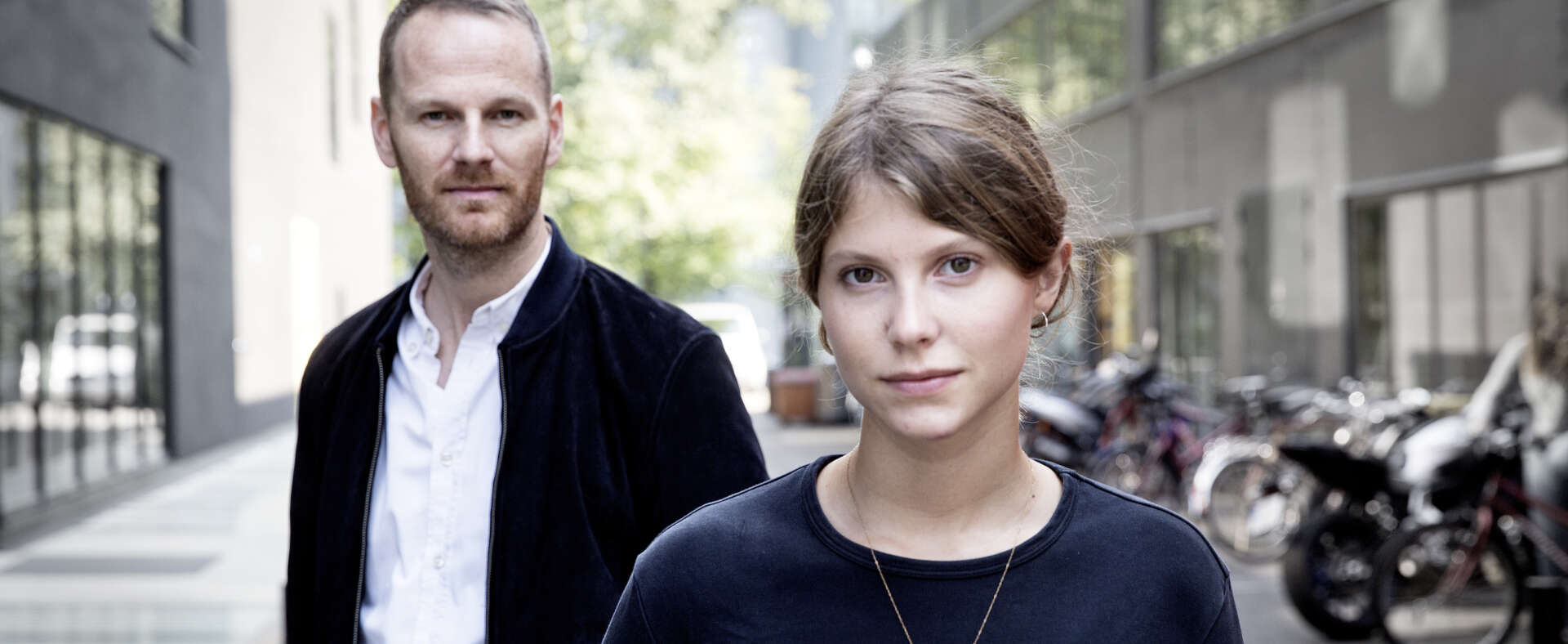WRITTEN BY: Annika Pham
Joachim Trier’s first genre film Thelma opened the 45th Norwegian Film Festival with a splash on Sunday. Norwegian reviews range from 5 to 6 stars. We spoke to the director.

Joachim Trier’s first genre film Thelma opened the 45th Norwegian Film Festival with a splash on Sunday. Norwegian reviews range from 5 to 6 stars. We spoke to the director.
Why did you decide to turn to genre filmmaking with Thelma?
Joachim Trier: I’m aware I’ve made a genre film because the film is mysterious, quite scary and we’re playing with imagery that is more in the realm of dream and nightmare. At the same time, I wanted to do something character-driven and combine it with a different imagery.
As a teenager, I grew up watching Hitchcock, Brian de Palma, reading Japanese comics. I wondered if I could combine that with the existential story of a young woman, trying to get to grip with her sexual identity and her individuality, away from her family. There was also the possibility to do something more extravagant visually than what I’ve done before.
Would you say that Thelma is more plot-driven than your previous films?
JT: Absolutely. It has more suspense. Eskil [Vogt] and I wrote it together, and it was liberating to allow ourselves to play with a dramaturgy that we constantly pushed forward, and we tried to do that in an original way.
The great master of horror George Romero who recently passed away often said that he used horror as an allegory. Is that what you also wanted to do?
JT: That’s very true, and there is a strong allegorical element in Thelma as well. It’s almost like a Greek tragedy that questions if you can accept your true will and destiny. There is a sense of ‘amor fati’. You see this in many gothic and horror stories. We looked at the Season of the Witch which is a wonderful feminist allegory, and several of Stephen King stories dealing with coming of age. Those themes can still be at play, while we’re trying to do something fun and entertaining.
In your films you’ve often portrayed characters that struggled with a deep sense of alienation. In what way does Thelma also suffer from this feeling?
JT: There is indeed a sense of solitude. At the beginning of the film, Thelma leaves her conservative family from the West Coast of Norway to settle in Oslo; she tries to find a place where she belongs. This is a journey that most of us do in a way, but here we’ve tried to make it culturally specific in a Norwegian environment, in a country that has a big divide between the urban and the rural. We’ve used this as a dramatic starting point.
Most of your previous stories are male-centric, but here you explore a young woman’s sexuality and doubts…
JT: Louder than bombs deals primarily with three men grieving a woman, and Reprise and Oslo, August 31st also dealt mostly with young adult men. So yes, it’s been exciting to write with a woman in the lead. To be frank, regardless of gender, all my characters are personal, so people might find it strange, but I felt I was able to express something personal through the character of a young lesbian woman.
Eskil and I are simply curious about the femininity in us. We’re lucky to live in a world where people are free to explore their own identity. I also wanted the film to be a shout out to all young people who feel like outsiders. Those are always my favourite characters.
How was your collaboration with Eili Harboe, a relative newcomer on screen?
JT: I was so nervous about finding a young actress who would be able to carry the film. But now that the film is finished, I can say that Eili has gone beyond my expectations. She was brave not only in portraying extremely emotional scenes, but she had to do underwater stunts, deal with snakes, she had to learn techniques to fake seizure. She’s the next Scandinavian big thing, a rare talent. I hope to be able to work with her again.
How was your first VHX experience?
JT: The film has a tremendous amount of special effects and digital effects. I’ve done commercials in the past and used subtle special effects on Louder than Bombs, but this was a totally new experience. We had eight companies throughout Scandinavia working in parallel to do these special effects and I had the privilege to work with the great Danish VFX supervisor Espen Syberg [A Royal Affair, Fargo]. From the outset, I said I wanted the best special effects, and our budget was set accordingly. The ability to combine real snakes with digital snakes was very interesting as well. Directing snakes is perhaps one of the hardest thing I’ve done!
What’s next for you? Are you interested in working in TV drama?
JT: I have many projects of different types, and have had conversations about TV drama as well. But I think that my next project will be a feature film again.
Where will Thelma travel after Haugesund?
JT: There are many things coming up. We’re off to Toronto where I’ve screened all my films and won a Discovery award for Reprise. I love the audience there. Then we’re going to the New York Film Festival for the first time which will be a big deal for me as I’ve lived there. But for now, we’re in Haugesund and I’m thrilled about it.
Every film has its own journey. The amount of digital post-production took way more time that expected. We finally finished the film last week. I’m happy we had the time to fine-tune the film. Now it is exactly the film I wanted in length, structure and visual content. It’s been widely sold as well internationally so it’s simply wonderful.
SEE THE TRAILER: CLICK HERE.